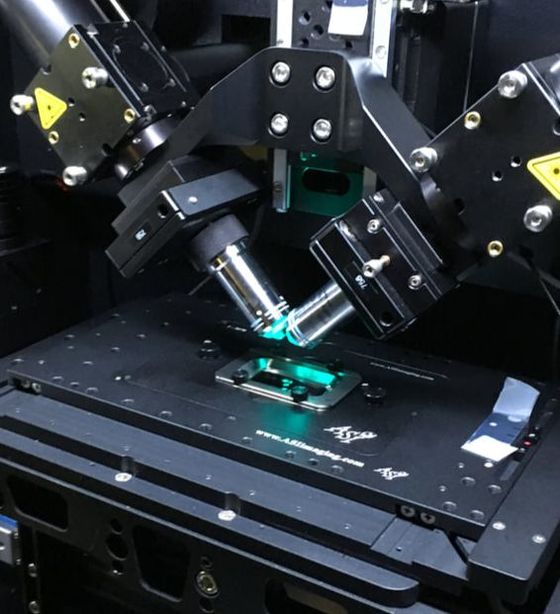ASI diSPIM Lightsheet
|
New Users
Faculty and students who wish to use the microscope should follow the instructions in the New Users Guide.
Policy
The microscope is available to trained users on an equal basis. For a comprehensive list of policies (including BSL-2 protocols), please see the Facility SOP.
System Specifications
|

